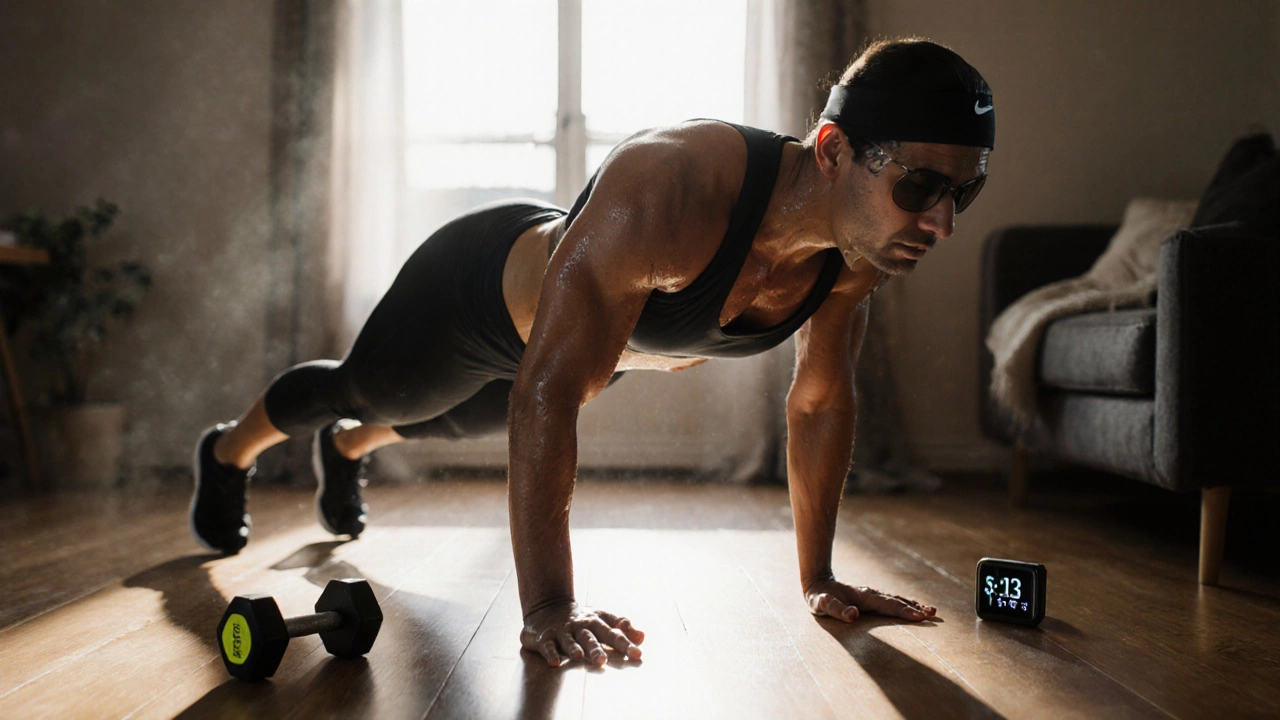When it comes to cardio for weight loss, a type of physical activity that raises your heart rate to burn calories and improve cardiovascular health. Also known as aerobic exercise, it’s one of the most straightforward tools for shedding fat—but only if you use it the right way. Too many people think longer equals better: hours on the treadmill, endless elliptical sessions, chasing step counts. But science and real-world results show that’s not the story. What matters isn’t how long you move—it’s how hard you move, what you eat, and whether you’re consistent.
HIIT, high-intensity interval training, a method that alternates short bursts of maximum effort with brief recovery periods is one of the most efficient forms of cardio for weight loss. A 20-minute HIIT session can burn more fat than 40 minutes of steady jogging because it keeps your metabolism elevated long after you stop. That’s the afterburn effect—your body keeps burning calories for hours. Meanwhile, steady state cardio, continuous, moderate-intensity exercise like walking, cycling, or jogging at a steady pace still has value, especially for recovery days or if you’re just starting out. It’s easier on the joints and builds endurance, but it won’t shock your system like HIIT does.
Here’s the truth: cardio alone won’t make you lose weight if you’re eating like you’re training for a marathon. You can’t out-exercise a bad diet. A 30-minute run burns about 300 calories—that’s one banana and a coffee with cream. But a single slice of pizza? That’s 350. That’s why calorie deficit, the state of burning more calories than you consume, which is the fundamental requirement for fat loss is non-negotiable. Cardio helps create that deficit, but food choices decide whether it sticks.
And how much cardio do you actually need? If you’re doing moderate cardio like brisk walking, 30 minutes a day, five days a week, is enough to see results—especially if you’re new. But if you want faster fat loss, swap one of those walks for a 20-minute HIIT session. You’ll save time and get better results. You don’t need to run marathons. You don’t need to sweat for an hour. You just need to move hard enough to challenge your body, and keep showing up.
Some people swear by morning cardio on an empty stomach. Others swear by doing it after strength training. The truth? It doesn’t matter as much as you think. What matters is what you can stick to. If you hate running, don’t run. Walk. Swim. Dance. Ride a bike. Jump rope. Any movement that gets your heart pumping counts. The best cardio for weight loss is the kind you’ll actually do, consistently, for months—not just a week.
And if you’re wondering whether you should skip cardio altogether and just lift weights? You can lose weight with strength training alone—especially if you’re building muscle. But adding cardio speeds things up. It clears the path. It helps you shed the fat so your hard-earned muscle shows through. It’s not an either/or. It’s a both/and.
Below, you’ll find real advice from people who’ve been there: how to structure your cardio sessions, why timing matters less than effort, how to avoid burnout, and what to eat so your workouts actually lead to results—not hunger and frustration. These aren’t theory pieces. These are the posts that helped real people lose weight, keep it off, and finally feel in control of their bodies.

Lose weight fast in 2 weeks with smart cardio workouts and clean eating. No extreme diets-just high-intensity intervals, proper nutrition, and smart recovery to burn fat safely and sustainably.
READ